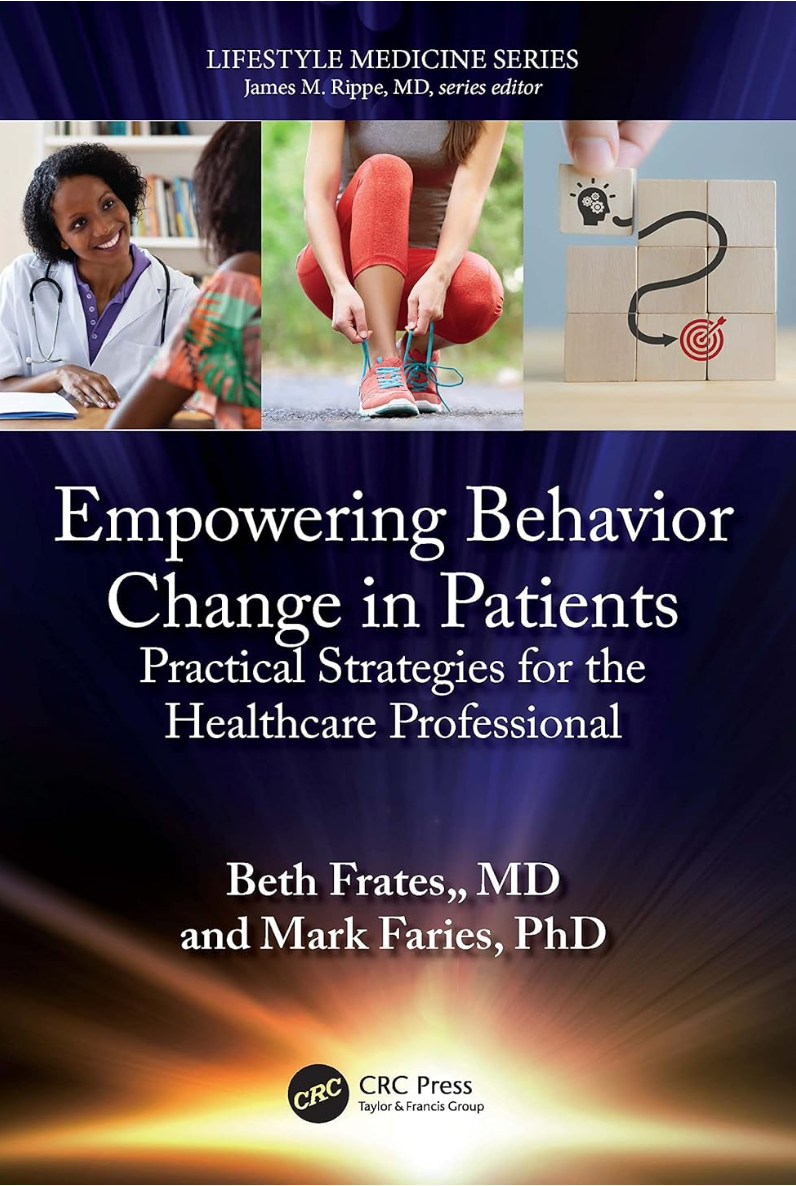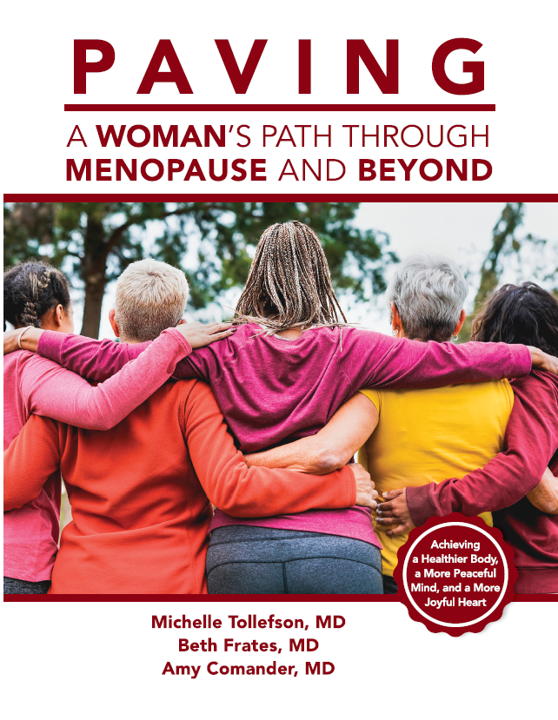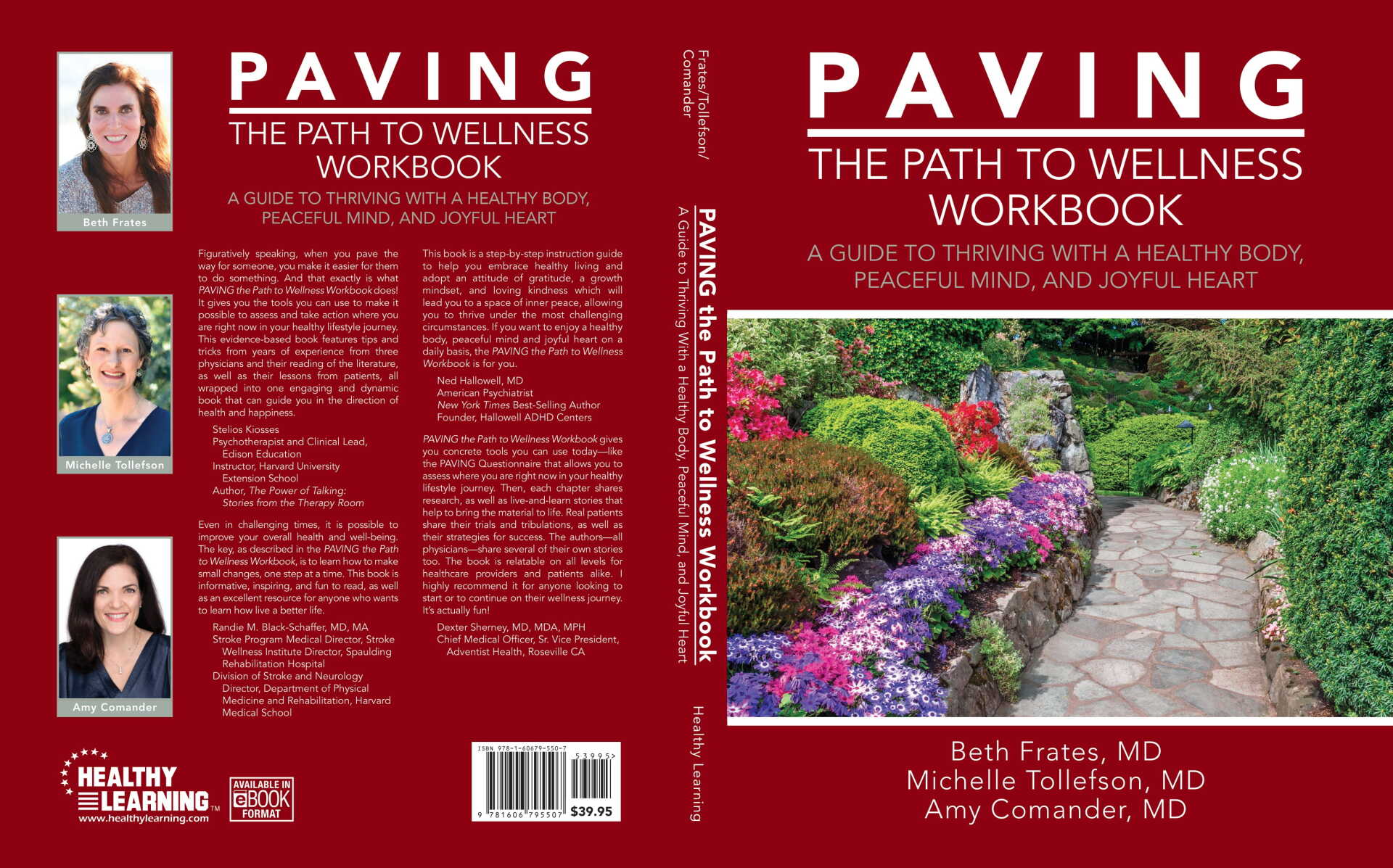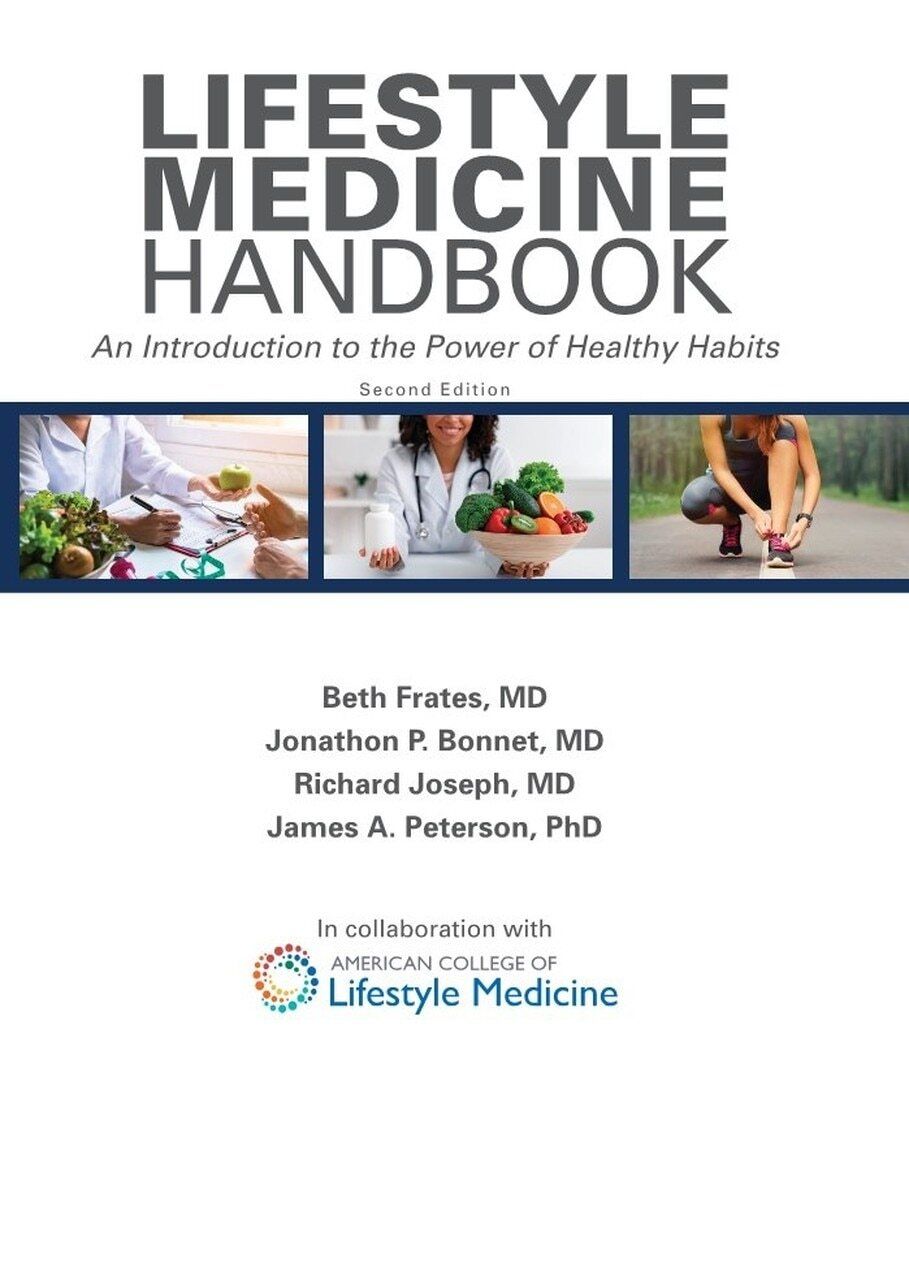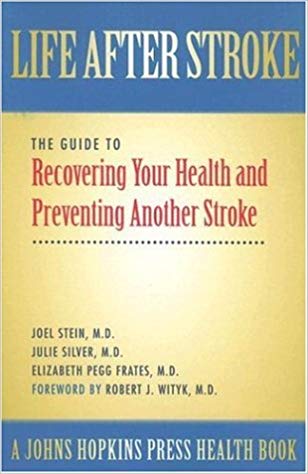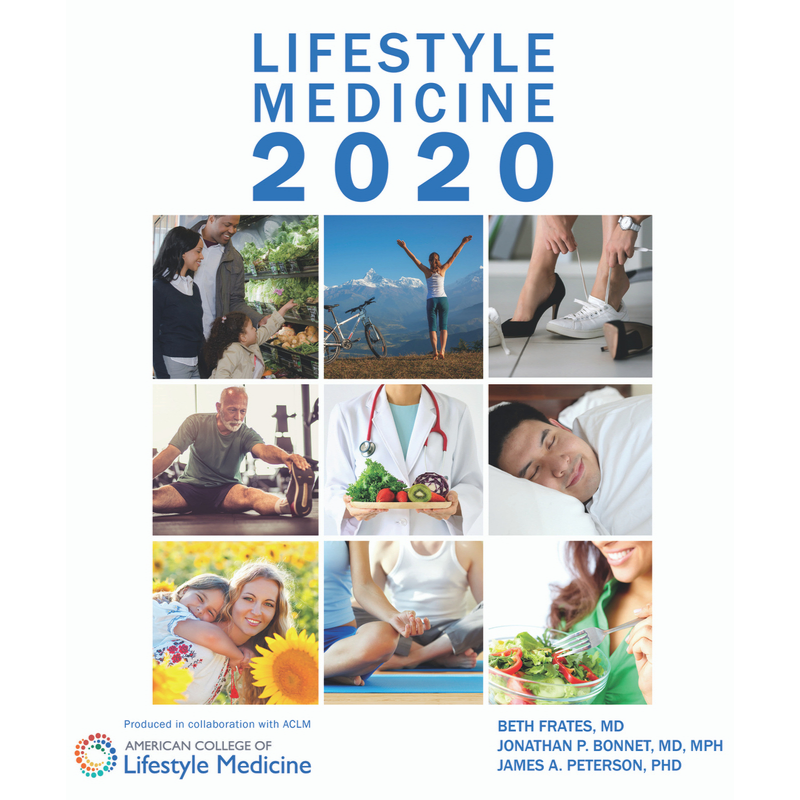Books
Routledge International Handbook of Positive Health Sciences: Positive Psychology and Lifestyle Medicine Research, Theory and Practice
Edited By Jolanta Burke, Ilona Boniwell, Beth Frates, Liana S. Lianov, Ciaran A. O’Boyle
This ground-breaking book combines research and practice in the rapidly growing field of Positive Psychology with the fastest-growing medical speciality of Lifestyle Medicine.
Section 1 maps out the new field of positive health by exploring the scope, content and architecture of this rapidly emerging area of research. It explores research findings and applications derived from Lifestyle Medicine and Positive Psychology that are critical for positive health. Section 2 delves into positive health research, covering topics such as using character strengths to improve health, maximising psychological wellbeing from head to toe, optimising gut health and understanding the relationships between mind and body. Section 3 offers guidance on applying the principles of positive health by describing new Positive Health Interventions (PHIs), introducing innovative positive health coaching models and exploring the contribution of positive psychology to health equity.
Empowering Behavior Change in Patients: Practical Strategies for the Healthcare Professional
Edited by Beth Fraers, MD and. Mark Faries, PhD.
This book is a must have for any healthcare professional working with patients with chronic conditions like diabetes, high blood pressure, metabolic syndrome, obesity, heart disease, and stroke. The authors provide the science and the art of behavior change. There are 15 short chapters that cover the most essential material for all clinicians to know.
The authors are seasoned healthcare professionals with years of experience counseling and coaching patients with chronic conditions. Dr. James Prochaska and Dr. Janice Prochaska wrote the chapter on the transtheoretical model of change. Who would be a better fit for this chapter? No one, as Dr. Prochaska is the creator of the model. This is his final chapter, as Dr. James Prochaska passed away three months prior to the publication of this book. This book is a gem for many other reasons. It covers behavior change basics, stages of change, building confidence, motivational interviewing, appreciative inquiry, goal setting and planning, maintaining motivation, overcoming obstacles, using strengths, accountability, the 5 step cycle for collaboration, group visits, lifestyle medicine guidelines and statistics, and a final summary. There are charts, figures, case studies, and a lot of research. Practical tips and strategies are emphasized in each chapter. It is a must have for anyone working to empower someone else to change.
The Lifestyle Medicine Pocket Guide
by Case Brabham (Author), Andre M. Dempsey (Author), and Beth Frates (Author)
The Lifestyle Medicine Pocket Guide is an evidence based book that I co-authored with Case Brabham and Andre Dempsey. Case and Andre were the Co-Presidents of the Lifestyle Medicine Interest Group in 2020. They worked with me to create a resource for medical students, residents, physicians and other healthcare professionals who did not learn about the power of exercise, nutrition, stress resilience, sleep, social connection and avoidance of risky substances in their medical education or training. Each chapter covers one of the major pillars in lifestyle medicine. In addition, there is a chapter on how to counsel patients to adopt and sustain behavior change. In every chapter, there is an explanation of the importance of the pillar, a research summary listing key articles that connect the lack of the healthy lifestyle behavior to the development of chronic conditions and another summary that explains the research connecting the healthy lifestyle behavior to physical and mental health benefits. In addition, there are high yield questions for each pillar so that the student or practicing healthcare professional can implement the strategies covered in the book at the bedside the day they read it. The book is small enough to fit into a white coat pocket--hence the term "pocket guide." The Lifestyle Medicine Pocket Guide has received rave reviews from students, residents, and practicing physicians even those seasoned ones who serve on the American College of Lifestyle Medicine Board of Directors.
The Lifestyle Medicine Pocket Guide
by Case Brabham (Author), Andre M. Dempsey (Author), and Beth Frates (Author)
The Lifestyle Medicine Pocket Guide is an evidence based book that I co-authored with Case Brabham and Andre Dempsey. Case and Andre were the Co-Presidents of the Lifestyle Medicine Interest Group in 2020. They worked with me to create a resource for medical students, residents, physicians and other healthcare professionals who did not learn about the power of exercise, nutrition, stress resilience, sleep, social connection and avoidance of risky substances in their medical education or training.
Each chapter covers one of the major pillars in lifestyle medicine. In addition, there is a chapter on how to counsel patients to adopt and sustain behavior change. In every chapter, there is an explanation of the importance of the pillar, a research summary listing key articles that connect the lack of the healthy lifestyle behavior to the development of chronic conditions and another summary that explains the research connecting the healthy lifestyle behavior to physical and mental health benefits. In addition, there are high yield questions for each pillar so that the student or practicing healthcare professional can implement the strategies covered in the book at the bedside the day they read it. The book is small enough to fit into a white coat pocket--hence the term "pocket guide." The Lifestyle Medicine Pocket Guide has received rave reviews from students, residents, and practicing physicians even those seasoned ones who serve on the American College of Lifestyle Medicine Board of Directors.
Empowering Behavior Change in Patients: Practical Strategies for the Healthcare Professional
Edited by Beth Fraers, MD and. Mark Faries, PhD.
This book is a must have for any healthcare professional working with patients with chronic conditions like diabetes, high blood pressure, metabolic syndrome, obesity, heart disease, and stroke. The authors provide the science and the art of behavior change. There are 15 short chapters that cover the most essential material for all clinicians to know. The authors are seasoned healthcare professionals with years of experience counseling and coaching patients with chronic conditions. Dr. James Prochaska and Dr. Janice Prochaska wrote the chapter on the transtheoretical model of change. Who would be a better fit for this chapter? No one, as Dr. Prochaska is the creator of the model. This is his final chapter, as Dr. James Prochaska passed away three months prior to the publication of this book. This book is a gem for many other reasons. It covers behavior change basics, stages of change, building confidence, motivational interviewing, appreciative inquiry, goal setting and planning, maintaining motivation, overcoming obstacles, using strengths, accountability, the 5 step cycle for collaboration, group visits, lifestyle medicine guidelines and statistics, and a final summary. There are charts, figures, case studies, and a lot of research. Practical tips and strategies are emphasized in each chapter. It is a must have for anyone working to empower someone else to change.
Empowering Behavior Change in Patients: Practical Strategies for the Healthcare Professional
Edited by Beth Fraers, MD and. Mark Faries, PhD.
This book is a must have for any healthcare professional working with patients with chronic conditions like diabetes, high blood pressure, metabolic syndrome, obesity, heart disease, and stroke. The authors provide the science and the art of behavior change. There are 15 short chapters that cover the most essential material for all clinicians to know.
The authors are seasoned healthcare professionals with years of experience counseling and coaching patients with chronic conditions. Dr. James Prochaska and Dr. Janice Prochaska wrote the chapter on the transtheoretical model of change. Who would be a better fit for this chapter? No one, as Dr. Prochaska is the creator of the model. This is his final chapter, as Dr. James Prochaska passed away three months prior to the publication of this book. This book is a gem for many other reasons. It covers behavior change basics, stages of change, building confidence, motivational interviewing, appreciative inquiry, goal setting and planning, maintaining motivation, overcoming obstacles, using strengths, accountability, the 5 step cycle for collaboration, group visits, lifestyle medicine guidelines and statistics, and a final summary. There are charts, figures, case studies, and a lot of research. Practical tips and strategies are emphasized in each chapter. It is a must have for anyone working to empower someone else to change.
PAVING a Woman’s Path Through Menopause and Beyond
by Michelle Tollefson (Author), Beth Frates (Author), Amy Comander (Author)
PAVING a Woman’s Path Through Menopause and Beyond is designed for every woman who wants to feel good about herself, while being empowered to live her healthiest life. Solid information and self-reflective activities, presented in a gentle and welcoming way, will inspire and guide the reader to choose her own path towards better health—through midlife and beyond.
PAVING the Path to Wellness Workbook
PAVING the Path to Wellness Workbook is an easy-to-follow resource for anyone who wants to improve their overall well-being. In a step-by-step manner, this exceptional book explains how to make small lifestyle-related, health-enhancing changes—one step at a time. Featuring principles that are foundational for treating, as well as preventing, numerous health conditions, including from heart disease, diabetes, hypertension, and obesity, PAVING the Path to Wellness Workbook shares perspectives from three highly respected physicians, provides a wealth of important facts, and offers a compelling array of practical self-reflection exercises.
The Lifestyle Medicine Handbook: An Introduction to the Power of Healthy Habits
The Lifestyle Medicine Handbook: An Introduction to the Power of Healthy Habits is a well-researched and practical resource for anyone who wants to know more about the field of Lifestyle Medicine. Blending Lifestyle Medicine knowledge with clinical examples, this cutting-edge book offers a comprehensive overview of the eight pillars of Lifestyle Medicine. Published in collaboration with the American College of Lifestyle Medicine, this handbook is designed to introduce individuals and practitioners at all levels to the importance of daily habits and actions in health and quality of life.
Lifestyle Medicine Handbook: An Introduction to the Power of Healthy Habits (Second Edition)
The Lifestyle Medicine Handbook, 2nd ed, is for anyone who wants to learn the key factors involved in Lifestyle Medicine. It is designed as an introductory book that will explore the history of Lifestyle Medicine, as well as its six pillars, including nutrition, exercise, sleep, stress resiliency, addiction, and social connection. The research, guidelines, clinical cases, and prescriptions for each of the pillars are addressed. In addition, this book details the importance of collaborating with the patient and using a coach approach when counseling people about adopting and sustaining healthy habits.
The Teen Lifestyle Medicine Handbook: The Power of Healthy Living
Teens are holding a bad hand. Not only have they inherited a climate crisis, but the health of the planet isn’t the only thing at risk. In fact, the current generation of young people is on track to be less healthy and live shorter lives than their parents. By age 10, nearly all kids already have fatty streaks in their arteries, which is the first sign of atherosclerosis, the leading cause of death in the United States. And, what was once known as “adult-onset diabetes” is now referred to as “type 2 diabetes.” Why? Because grown-ups aren’t the only ones to get it these days. The disease is now found in children, too. While it’s hard to hear and even harder to believe, more and more children and teens are experiencing long-term, chronic, and reoccurring diseases. Is this every teen’s fate? Are they inevitable, or can they be prevented?
Life After Stroke: The Guide to Recovering Your Health and Preventing Another Stroke
In this compassionate guide, Dr. Frates along with two other experts explain how stroke occurs and what happens when different parts of the brain are injured. They describe diagnostic tools such as CT scans and MRIs as well as medications used to prevent and treat stroke, and they explain in detail how stroke survivors can heal optimally. They also set out plans to help survivors reduce the risk of another stroke, including the Stroke Savvy Exercise Plan and Stroke Savvy Diet Plan.
Lifestyle Medicine 2020 Calendar
The 2020 Lifestyle Medicine calendar is a full-color 12-month chronology that features a separate lifestyle-related image for each month, which, as a group, target the six pillars of Lifestyle Medicine. Produced in concert with the American College of Lifestyle Medicine, this beautiful, one-of-a-kind calendar includes a germane lifestyle-related quote for each month, as well as a listing of important dates for Lifestyle Medicine advocates for the course of the year.
Navigation
All Rights Reserved | Beth Frates MD


